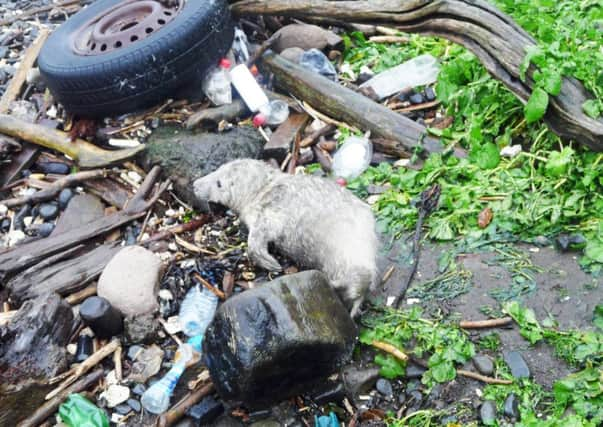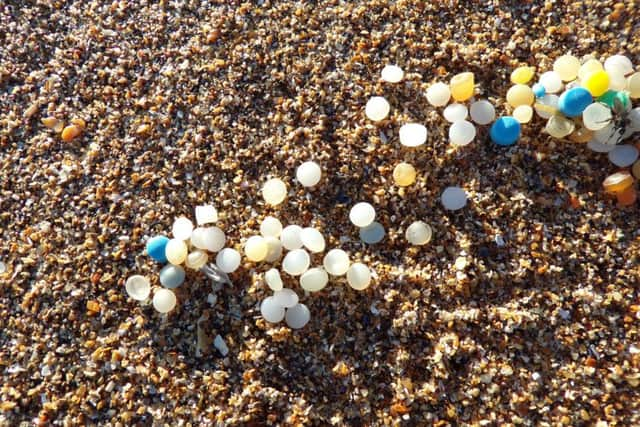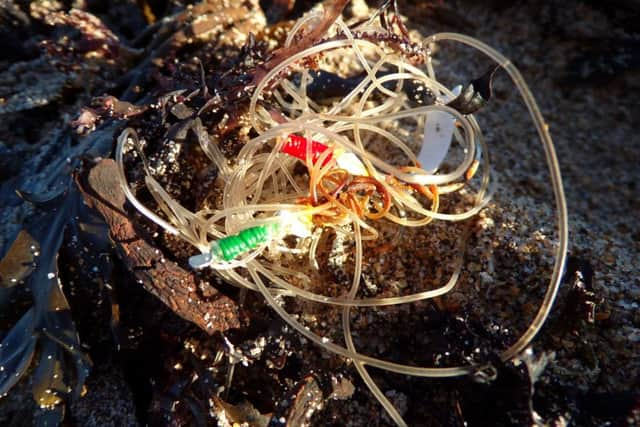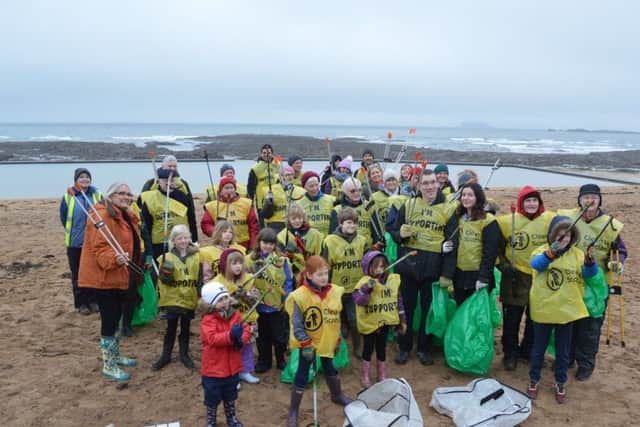Pictures show devastating impact plastic has on Forth wildlife


But this is what animals in the Firth of Forth are faced with on a daily basis, with conservation chiefs naming plastic as “by far the worst offender” when it comes to pollution on our beaches.
Tourists flock to the Scottish Seabird Centre from all over to admire its vast array of birds – but it’s not just the animals which are catching their eye.
Advertisement
Hide AdAdvertisement
Hide AdNew pictures show just what problems plastic is causing, whether it is being mistaken for food or trapping birds in a tangle. It comes despite continuous efforts from staff to minimise its impact, with regular litter picks all around the North Berwick venue.


Items causing problems cover everything from plastic bottles to tiny “nurdle” pellets, with chief executive Tom Brock calling the material a “major threat” to marine wildlife.
It comes as the Scottish Government announced plans to ban the sale of plastic-stemmed cotton buds, with Mr Brock saying he welcomed the proposals.
He said: “We have got beautiful beaches out here and it’s such a shame when you see it littered with plastic. Birds mistake plastic for food and that can end up being fatal.
Advertisement
Hide AdAdvertisement
Hide Ad“One of the great things that’s happened is the decrease in use of plastic bags – that has decreased that type of litter. It would be great if we can change people’s behaviour and legislate to make those changes with other types of plastic.”


One local species particularly affected is that of the fulmar, a small seabird similar to the gull in appearance, because it often mistakes plastic for food.
Mr Brock said there were a number of factors which affect seabird populations but that plastic was a definite contender.
“We know that individuals are being killed by plastic pollution but seabirds are being affected by lots of different things. There is no doubt that plastic will be one of the things that is having an impact.”
Advertisement
Hide AdAdvertisement
Hide AdIn addition to the general beach cleans carried out by the Seabird team every week, they also have two bigger beach cleans every year. These are done with East Lothian Countryside Rangers Service, North Berwick in Bloom and Surfers Against Sewage.


It is a key way of minimising plastic’s impact, with Maggie Sheddan, the centre’s senior Bass Rock landing guide, saying she often finds birds tangled in the substance.
She said: “This is incredibly sad to see and should not be happening. By reducing our use of plastic and how we dispose of it, we can all help to make a difference.”
For now, the centre is pushing ahead with its ongoing education programme for school pupils across the region. It is hoped this will help instil a cultural change, encouraging future generations to change their buying habits linked to plastics and non-recyclable items.
Advertisement
Hide AdAdvertisement
Hide AdMr Brock added: “It is about changing behaviour. The more young people can understand the impact on our wildlife and our natural environment and how important it is to look after it then there is really hope for the future. We have got wonderful wildlife and it is important that we don’t threaten it and we behave more responsibly.”